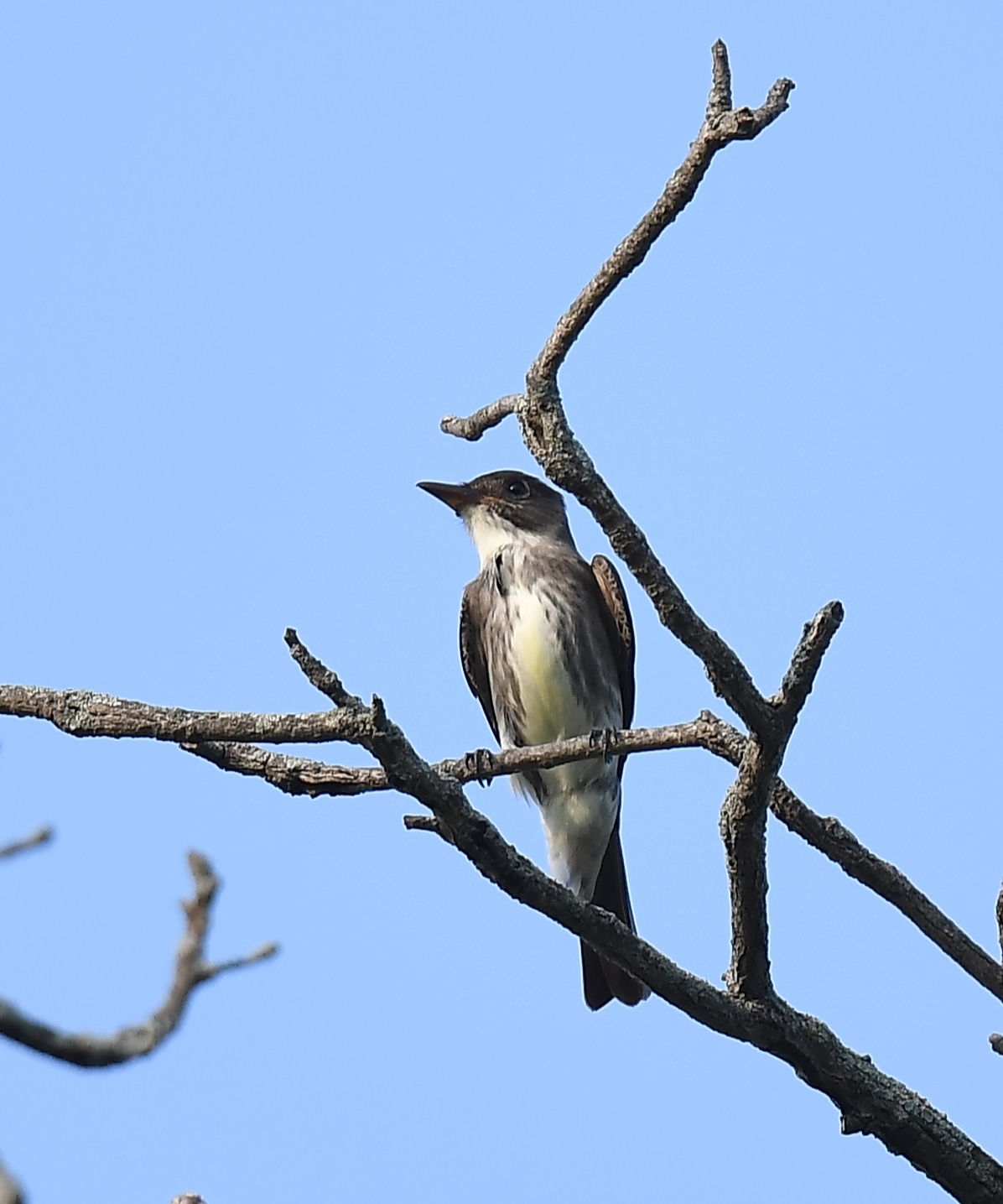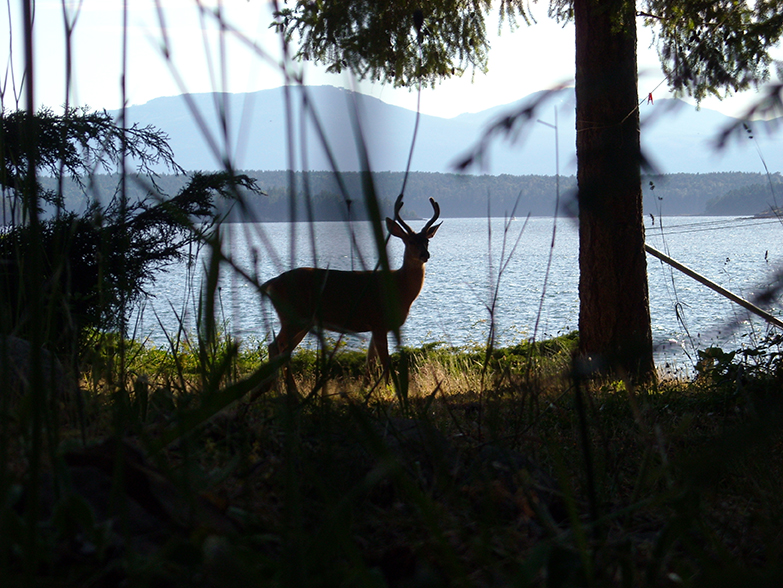Blue Dasher
Pachydiplax longipennis
Read MoreBlue Dasher (Pachydiplax longipennis)
Resources Status- BC: Blue – S3S4 (2015)
- COSEWIC: Not Ranked
- SARA: Not Ranked
- Global: Secure (2015)
- Galiano Island Status: Confirmed
Galiano Island is located in the Coastal Douglas-fir (CDFmm) biogeoclimatic zone, one of the most biodiverse and threatened areas in Canada. Over 100 Species at Risk (SAR) live in habitats throughout the islands that make up this internationally significant ecoregion.
Globally, the combined impacts of human activity and climate change are driving what is now considered the 6th mass extinction event in our planet’s history. The loss of species is estimated to be 500-1000x greater than it would be naturally. In BC alone, there are over 1600 species classified as SAR. This crisis requires immediate action, as any loss of biodiversity can have rippling effects on ecosystems, ecological function, and the complex web of relationships that hold us all in balance.

The GCA engages in long-term research and public outreach to help protect these magnificent fish.
The GCA engages in long-term research and public outreach to help protect local kelp and eelgrass beds.
The GCA engages in public outreach to help protect whales, dolphins, and porpoises in the Salish Sea.
Not all introduced species cause problems, but a number of aggressive introduced species pose major challenges to ecological restoration efforts on Galiano Island. Get to know these species and how to manage them in your own backyard.

Over-population of native Columbian black-tailed deer (Odocoileus hemionus columbianus) has created significant challenges for conserving and restoring ecosystems on Galiano Island. Find out how the Galiano Conservancy is managing this beloved but over-abundant native species.

Our lands and waters of are home to many rare species.
The British Columbia Conservation Data Centre (CDC) is a sector of the Provincial government that assists in biodiversity conservation. Rankings for species and ecosystem are determined by the risk of extinction or extirpation, in collaboration with scientists and experts. Based on this ranking, the CDC separates species and ecosystems into three lists:
Federally, the Species at Risk Act was passed in 2002 to help address this crisis. Provincially, no stand-alone SAR legislation currently exists.
COSEWIC is an independent advisory committee for the Ministry of Environment and Climate Change Canada. The group consists of wildlife biologists, academics, and members of the government and private sector who meet twice a year to determine the status of species at risk (SAR). There are six different categories that species are assigned to:
Extinct (X) – wildlife species that no longer exists
Extirpated (XT) – wildlife species that no longer exists in Canada, but exists elsewhere
Endangered (E) – wildlife species facing imminent extirpation or extinction
Threatened (T) – wildlife species that is likely to become endangered if nothing is to happen to reverse the factors leading to its extinction or extirpation
Special Concern (SC) – wildlife species that may become threatened or endangered because of a combination of biological characteristics and identified threats
Not-at-risk (NR) – wildlife species that is not at risk of extinction
The GCA partners with other organizations to help research, monitor, and protect Species at Risk.
The GCA is partnering with IMERSS and the Hakai Institute to monitor Dungeness Crab populations.
The GCA partners with the Mayne Island Conservancy Society (MICS) to monitor kelp & eelgrass beds.
The GCA engages in public outreach to protect bat populations, with resources from BC Bats.
Explore the following resources to learn more about wildlife conservation on Galiano Island.
Milestone Timeline | Reflections from the Education Department | Sustainable Living | Species At Risk in Your Backyard | Restoration, Learning, and Memory
ViewReport from UVic’s ER 412 Class of 2018.
ViewAuthored by Chalifour, this report presents baseline data on the status of rockfish populations around Galiano Island.
ViewAn introduction to Rockfish in the Southern Gulf Islands
ViewStudents report from UVic’s ES 490 in 2015
ViewAuthored by Verbenkov, this report provides an overview of the status and location of Species at Risk known or suspected to inhabit Galiano Island.
ViewNotifications